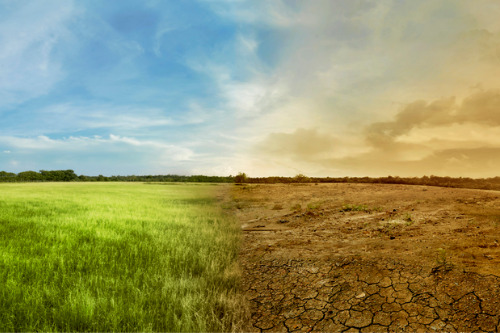

From late 2019 to early 2020, Australia experienced its worst bushfire season in history. Now, insurers must prepare for claims related to flooding as La Niña picks up steam and is expected to match the 2010 to 2012 event.
The Bureau of Meteorology revealed that the upcoming La Niña event would improve moisture totals in the Southern Hemisphere and lower the chances of another disastrous fire season, as reported by Coeur d’Alene Press.
However, the bureau’s surveyed international climate models indicated that the upcoming La Niña event would strengthen and peak in December. Around half of the models expect that the new La Niña event would reach similar strength to the 2010 to 2012 event. However, they clarified that the event would most likely be shorter, possibly ending in the first quarter of 2021.
“La Niña typically increases the chance of above-average rainfall across much of Australia during spring. Above-average summer rainfall is also typical across eastern Australia. Current climate outlooks indicate November 2020 to January 2021 will be wetter than average for much of the country,” the Bureau of Meteorology said.
“In the Indian Ocean, there has been significant warming of sea surface temperatures in the west of the Basin over the past fortnight. Models have reduced the likelihood of a negative IOD event in 2020, noting that the IOD typically breaks down in late spring or early summer.”
The bureau expects a positive Southern Annual Mode (SAM) for the remainder of October and an increase in strength of the Madden-Julian Oscillation (MJO) as it moves into the Western Pacific Ocean.
“Climate change is also influencing the Australian climate. Australia’s climate has warmed by around 1.4°C since 1910, while southern Australia has seen a 10% to 20% reduction in cool season (April–October) rainfall in recent decades,” the bureau said.
